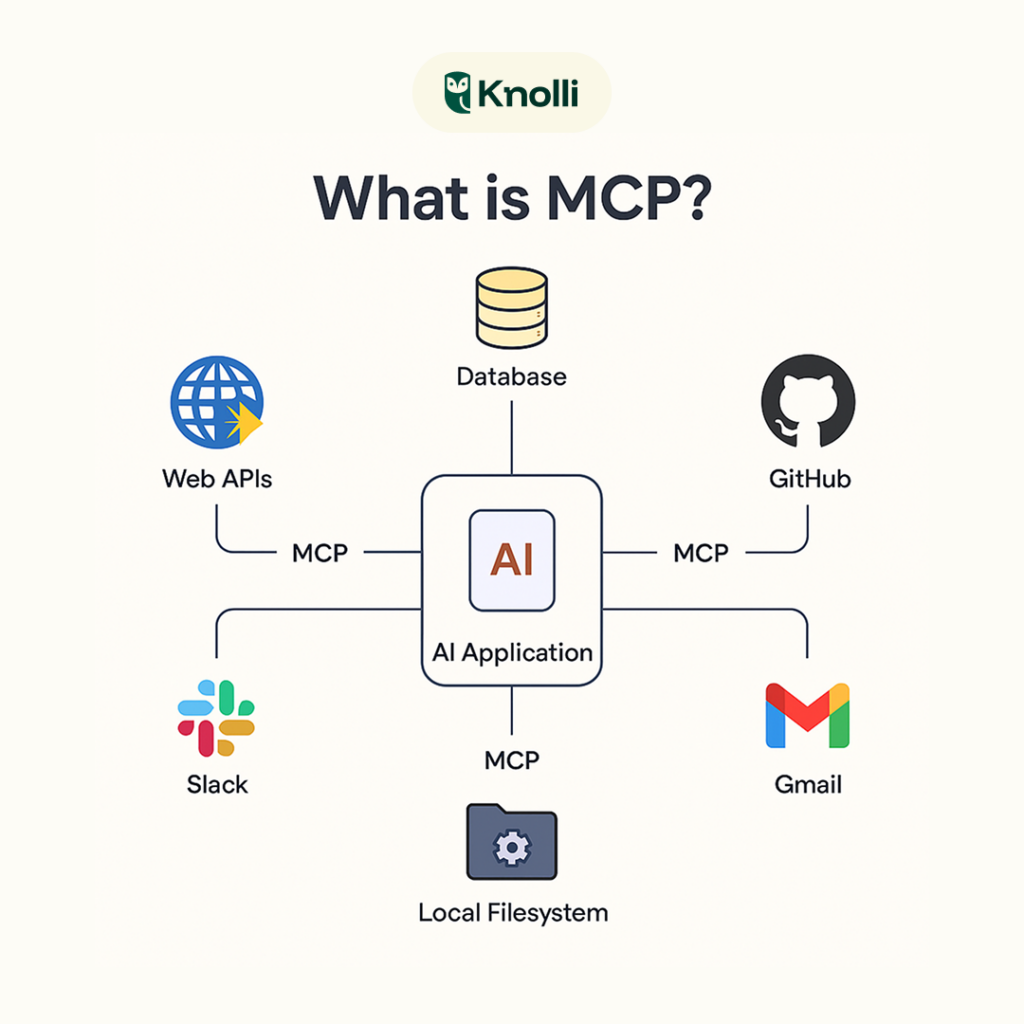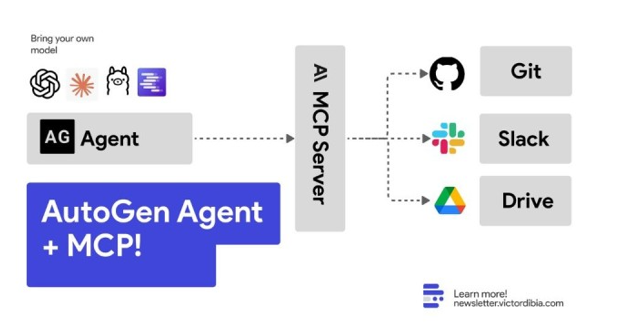As artificial intelligence (AI) systems become more complex and interconnected, enabling smooth and meaningful interactions between AI agents has become a pressing challenge. Whether it's collaborative robotics, multi-agent simulations, or agent-based decision-making in enterprise systems, the key to effective cooperation lies in how these agents understand, share, and build upon each other's context. This is where the Model Context Protocol (MCP) comes into play — a conceptual and technical foundation that can significantly enhance how AI agents communicate and collaborate.
Model Context Protocol

Model Context Protocol is a framework or standardized approach that allows AI agents to maintain, exchange, and utilize shared context throughout interactions. This "context" could include goals, preferences, recent decisions, environmental states, task history, and even unspoken assumptions.
MCP isn't about reinventing communication; it's about making communication smarter by grounding it in a dynamic, structured context that evolves as agents interact.
Why Do AI Agents Need Shared Context?
I agents, especially in decentralized systems, often struggle with fragmented knowledge. Without a shared understanding of what’s going on, agents may duplicate efforts, conflict with each other, or make decisions that are locally optimal but globally suboptimal.
For example:
- In autonomous vehicle fleets, each car making independent navigation decisions without context could cause traffic inefficiencies.
- In collaborative writing or coding tools, AI assistants unaware of each other's suggestions could confuse users with contradictory outputs.
- In supply chain systems, agents controlling different nodes need to coordinate their actions based on global inventory context.
MCP provides a solution to these challenges by creating a "shared mental model" among agents.
The power of MCP

Context Synchronization
With MCP, agents can continuously update each other about task progress, resource changes, and environmental feedback.
Example: In a warehouse, a robot unloading goods informs nearby packing bots via MCP about incoming items, allowing them to prepare efficiently.
Goal Alignment and Negotiation
- AI agents can align or negotiate goals by referencing shared context instead of operating blindly.
- In multi-agent games or simulations, agents can decide to form alliances or avoid conflicts based on situational awareness.
Memory and Learning Transfer
- MCP allows agents to access shared histories or knowledge bases.
- This is crucial in systems where learning is distributed — one agent can benefit from another’s experience.
Explainability and Transparency
- With a structured context model, agents can explain their reasoning or decisions more clearly to humans or other agents.
- This boosts trust and accountability in AI systems, especially in high-stakes domains like healthcare or finance.
Modularity and Scalability
- MCP decouples context from behavior, allowing new agents to plug into an existing ecosystem and quickly "get up to speed."
- This makes it easier to scale systems or replace components without retraining everything from scratch.
Applications
- Autonomous Systems: Drones, vehicles, and robots coordinating missions.
- Conversational AI: Multi-agent assistants maintaining consistent dialogue context.
- Finance & Trading: Agent-based systems negotiating deals or managing risks with contextual awareness.
- Smart Homes & IoT: Devices adapting to user routines and each other through shared behavioral context.
Challenges and Future Directions
While MCP offers many benefits, implementing it at scale involves:
- Standardization: Defining interoperable schemas for context representation.
- Privacy and Security: Protecting sensitive contextual information shared between agents.
- Real-time Processing: Ensuring context updates don’t increase latency.
Future research may explore integrating MCP with knowledge graphs, causal models, or neuro-symbolic systems to make context even more robust and machine-understandable.
Conclusion
Model Context Protocol has the potential to become a cornerstone of multi-agent AI systems. By enabling context-rich interactions, MCP moves us closer to AI agents that are not only intelligent but also aware, cooperative, and adaptable. As AI continues to grow beyond single-task assistants into complex, collaborative ecosystems, MCP will be key to unlocking their full potential.

